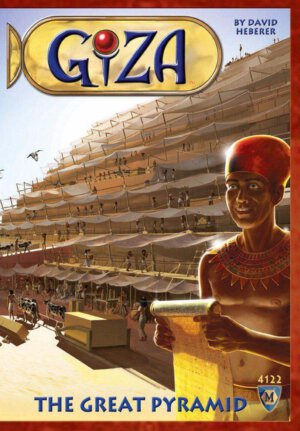
Publisher: Mayfair Games
Designer: David Heberer
Year: 2012
Genre: Euro Game
Players: Three or four players
Ages: 12+
Playing Time: 90 Minutes
MSRP: $35.00
I’m starting to understand the Euro-type games more. As I am American, I do have a penchant for American style games. I find these games concentrate on fun, excitement, and theme. Euro games seem to concentrate more on strategy, puzzles, and development. This is a broad generalization, there are plenty of strategic American games, and fun Euro Games, so don’t accuse me of slapping a label on both gaming cultures. I just feel that I am coming to appreciate the unique qualities of both types of games better.
This leads me to Giza. Would I classify it as fun or exciting? No, not really. It isn’t a game that you sit down with the guys, grab a beer, and have a few laughs. This is a game that you plan out, you keep an eye on what the competition is doing, you think about your moves, and you build a neat little plastic pyramid.
The theme is what drew me in initially. I am an Egyptology buff, and this made Giza a natural pick for me to try. The theme does hold up in Giza, as opposed to many Euros I have tried. I never felt that I could simply paste any theme on it and it would still work.

In Giza, you will send your workers to gather food, pray at the Temple of Ra, create artwork, drag the pyramid pieces to the site, and lift the pieces into place on the pyramid. That’s really all there is to it. There is no randomness, no dice rolls, and no event cards. If you win it will be because you were able to out think your opponents.
Each player selects a color and takes all of the wooden blocks of that color. They also receive some starting food and artwork. Since bidding is the main player interaction component to the game, each player will also receive a player screen to keep all of their pieces behind, so that the other players do not know how much of everything they all have. Players will place a block on the scoring track, five blocks next to the turn order section of the board, and the rest are placed block by block in turn around the different board locations.
The first turn is the only one where player order is not calculated by the players themselves. You choose a starting player at random and that player places their first turn block on the turn order board, players then take turns placing their own block on the turn section clockwise around the table. The turn order board has five lines with eight spaces on each line. Depending upon which bonus you would like to receive, and how soon you would like to get your turn, you pick a spot on the first line to place your block. It is read from top to bottom. The player nearest the top will go first and the player nearest the bottom goes last. However you can only select a line once during each dynasty, which is five turns. After the fifth turn the blocks are removed and the second dynasty begins, then at the end of the second dynasty the game is over.
After the first turn, players place their blocks in reverse order on the turn section. This pattern continues throughout the game.
During your turn you get three actions. You can choose to farm or fish, which gains you a certain number of food tokens.
After you take your three actions, you may either select a sled they you wish to move, or select a piece already at the site that you wish to lift up onto the pyramid. There are two lift camps; one for the middle tier of the pyramid, and one for the capstone. The base pieces are dragged directly to the site and placed. The middle tier must be dragged to the middle lift camp and then lifted onto the pyramid. The capstone must be dragged to the site, lifted from middle lift camp to the capstone lift camp, and then lifted from there to the top of the pyramid. The game will end when the capstone is placed if it happens before the end of the tenth round.
If you choose to move a sled, each player with workers on that sled bid food tokens. You can bid from zero to two food per worker on the sled, and each sled can hold up to four workers. If at least four food tokens are not bid, then the sled does not move and the player who bid the least amount must remove a worker from the sled and place them on the farm location. This is because of starvation you see. The more that is bid the farther the sled moves along the track to the pyramid site.
Once a sled reaches the site, the player moves the pyramid piece either to the site or to the middle lift camp, depending upon what piece it actually is. Players score victory points based upon the number of workers on the sled. If you complete a row on the pyramid, you then bid artwork to decorate it. The player who bids the most artwork scores the most victory points for decorating. If you complete a tier, then workers praying in the Temple 
If you choose to lift a stone, each player bids food, from zero to two per worker in the lift camp, to lift the stone onto the pyramid. A total of four food must be bid or the lift fails and a worker again starves and is moved to the farming location.
Play then passes to the next player on the track, and this continues until game end. The player with the most victory points at the end of the game wins.
I found it very interesting and a challenge to come up with the right combination of strategies to maximize your victory points. It is possible to force other players off of your sled by starving them off. If you deliver a sled with only your workers on it, you get a four point bonus. You need a lot of food, but it wont help of you lose all of the artwork victory points. The whole game is moving and scoring and I found it challenging but not complicated. It was like a puzzle with the added challenge of other players to deal with.
I liked it. I was not bored as I tend to feel during many Euro games that I have played. The kids were indifferent, but when I played with the competitive players they got into it and we had a good time. As I said, it is well themed and easy to learn. The rules have many examples and were fairly short and simple. I think players who like the Egypt theme, or puzzles, or games that take some contemplation will enjoy playing Giza.
- A Dungeon Delve for Kids?: A Review of Dungeon! - Oct 24, 2022
- Better, Stronger, Faster | Descent: Journeys in the Dark Second Edition Reviewed - Oct 23, 2022
- Your Planet is Doomed!: Invasion from Outer Space Reviewed - Oct 22, 2022



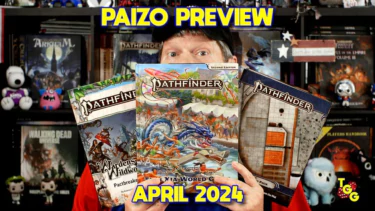
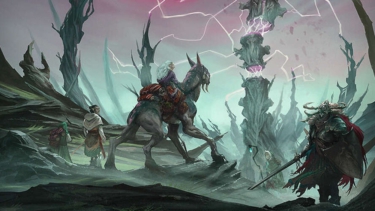
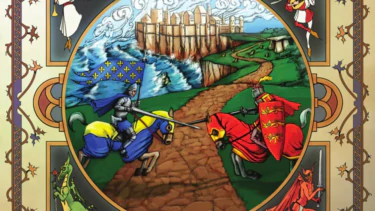
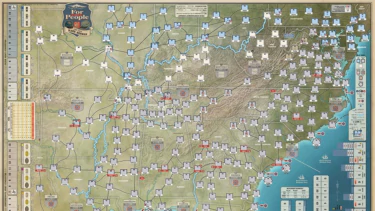


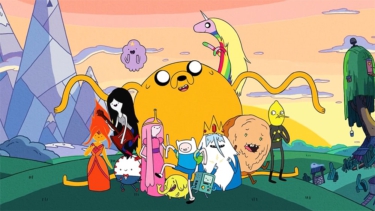
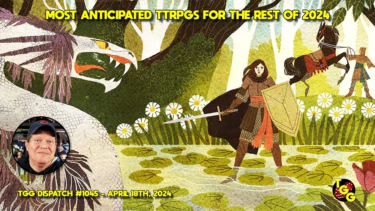
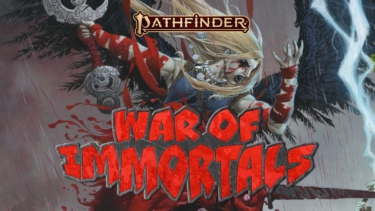
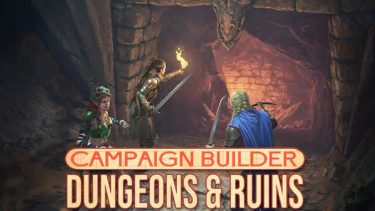
2 Comments
Hello, thanks for the review. I found this blog by accident. I enjoyed this review and I’m reading over some of your other ones too.
I find Giza to be a really different style Euro. My favorite part of the game is the different teams that join up to get the block to the building site, and I don’t know how I could get that part in with 2 or 1 players. I thought of doing something with a AI player for 2, but solo games I don’t do too often and wouldn’t even know how to convert it over.
Anyways, I thought I’d say thanks, and I wanted to recommend linking it at BGG so others could find it. I think it’s the first text review of the game I’ve found!
No Problem, Glad that you liked the review. It actually is linked over on BGG. It is listed under Web Links near the bottom of the Giza page. Stop by often, we are always getting up new reviews, and don’t forget to check out the podcast!